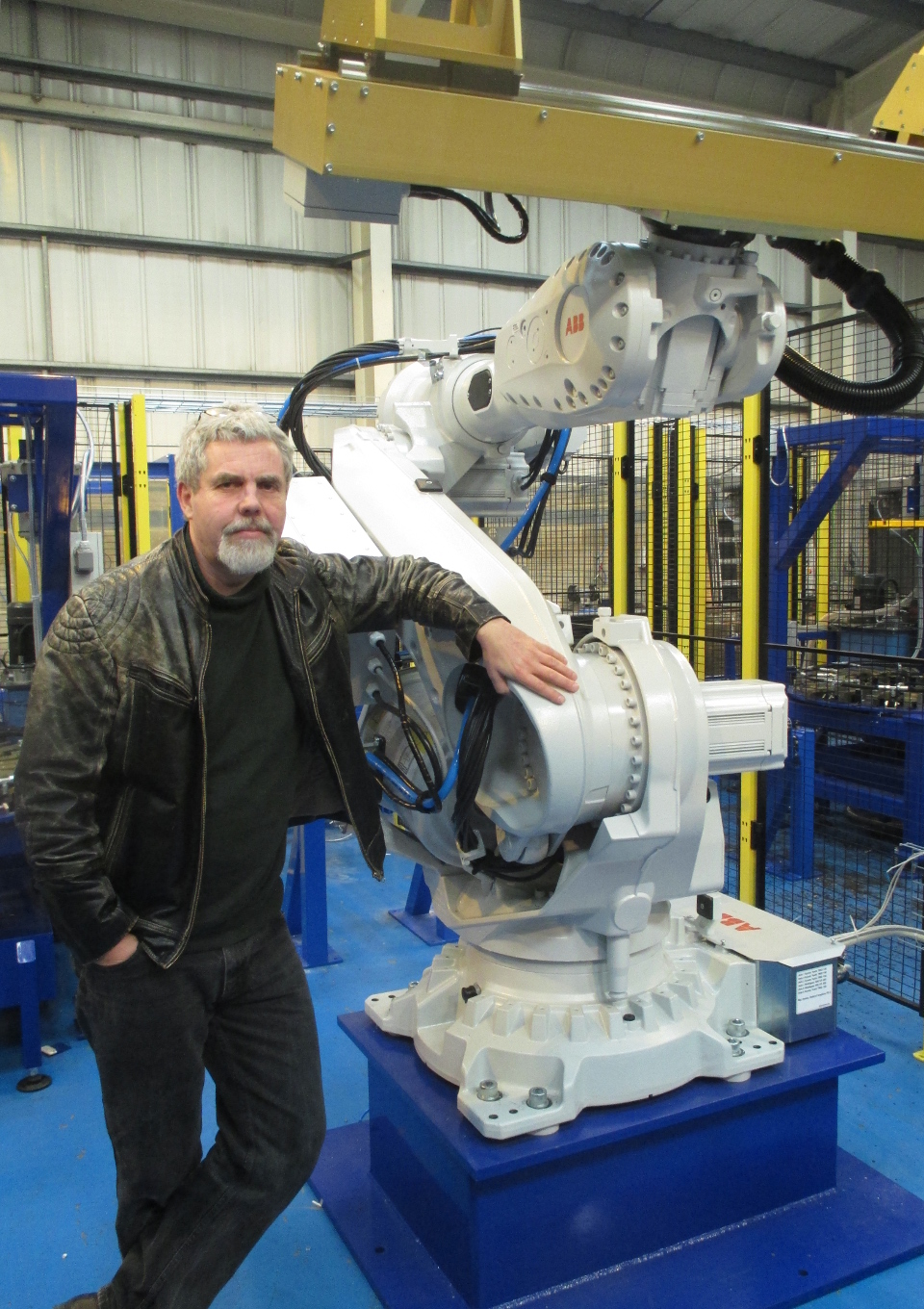
Probability
Approximation for small PF
If I have a system which has some parts or sub-systems working in parallel such that both have to fail to create a failure of the system then then;
pALL = p1 x p2 x p3 x ...
If I have a system which has some parts or sub-systems working in series such that only one has to fail to create a failure of the system then;
pALL ≅ p1 + p2 + p3 + ...
The first of these formulas is direct from probability maths but the second is an approximation for small PF/h or PF/D typically 0.001 or less to give 2 significant figures accuracy.
Why?
Because
The probability of failure (per hour or per cycle) is p, and call the probability of not failure i.e. success q, then
q = 1 - p
If I have a system which has some parts or sub-systems working in series such that all must succeed for the system to succeed then;
qALL = q1 x q2 x q3 x ...
from probability maths. Substituting (1-p) for q;
(1 - pALL) = (1 - p1) x (1 - p2) x (1 - p3) x ...
Expanding this (note p1 p2 means p1 x p2 etc.);
(1 - pALL) = + 1 - p1 - p2 + p1 p2 - p3 + p1 p3 + p2 p3 - p1 p2 p3 ...
pALL = p1 + p2 - p1 p2 + p3 - p1 p3 - p2 p3 + p1 p2 p3 ...
Now if p1, p2 and p3 are small, 0.001 or less then terms involving two of them will be 0.00001 or less and the term involving all three will be 0.0000001 or less and the whole equation will add up to 0.0030301 or less and the 0.0030 part of that i.e. the first 2 significant figures are from the single terms which are;
pALL ≅ p1 + p2 + p3
